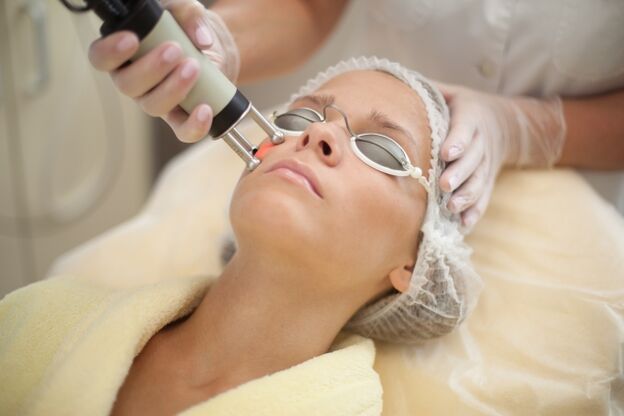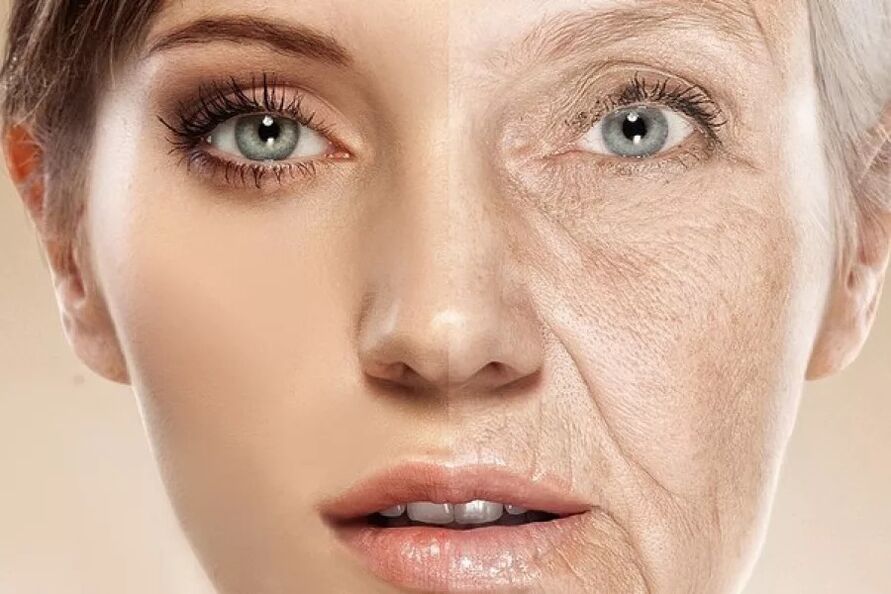Aesthetic defects and age-related skin changes can lead to severe moral discomfort. Especially when it comes to women who want to stay attractive and desirable for as long as possible. And despite the fact that scientists have not been able to reveal the secret of "eternal youth", there is still progress. In particular, we are talking about non-ablative fractional rejuvenation - a non-surgical correction technique that involves exposing tissue with the help of a laser.

Steps in the non-ablative rejuvenation procedure
The technique is based on the conversion of light energy into heat. Penetrating under the skin, the laser beam heats the tissues to 45-86 ° C, causing partial evaporation of the liquid in a volume which stimulates the natural metabolic and biochemical reactions in the cellular and extracellular matrix of the skin. In addition, in the treatment areas, the process of neocollagenesis is initiated - the formation of new collagen fibers, which are responsible for the elasticity and firmness of the skin. In addition, the radiation is absorbed by the chromophores of the skin and, bypassing the epidermis, enters the dermis, providing an additional antibacterial effect.
The non-ablative laser rejuvenation procedure is absolutely painless, performed without anesthesia, does not cause pain or discomfort. In addition, it is often used as the main method to correct age-related changes in particularly sensitive areas of the skin - on the neck, around the eyes, etc. To achieve a visible effect, 3-4 sessions are enough with intervals of 2-3 days. In the period between procedures, in order to consolidate the positive results, you should adhere to the recommendations made by the specialist.

Indications and contraindications for
Non-ablative fractional correction is prescribed for:
- Increased porosity, pasty skin;
- The hollow aspect of the face ("fatigue" effect);
- Weak manifestations of hyperpigmentation or hyperkeratosis;
- The appearance of the first mimic, meshed, linear wrinkles;
- Loss of turgor, skin tone in open areas (neck, décolleté);
- Visible dilation of the subcutaneous vessels;
- Loss of a natural and healthy complexion;
- Severe dehydration of the skin;
- Treatment of acne and post-acne.
It should be noted that despite indolence and safety, the procedure has a number of contraindications, the list of which includes:
- Infectious diseases of the skin;
- The manifestation of lesions at the treatment sites;
- Part of the chronic diseases of the nervous and cardiovascular systems;
- Mental or neurological illness;
- Photosensitivity.
During pregnancy and lactation, before the procedure, you should consult your doctor.





















